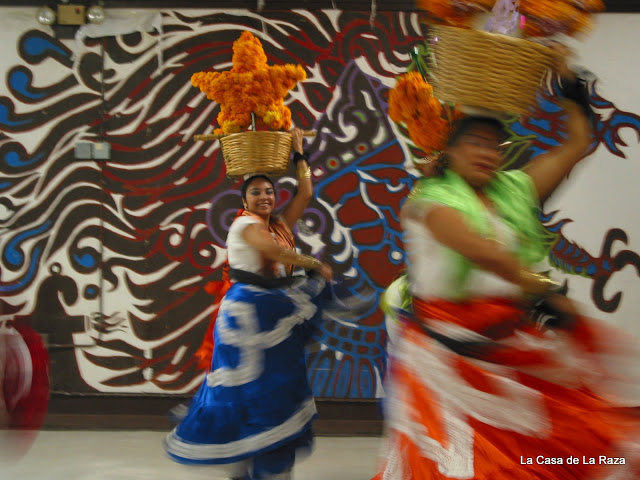La Casa de La Raza
 Located on the Eastside of Santa Barbara, La Casa de La Raza strives to empower the Latino community by providing vital services and fostering community expression. In both California and the United States as a whole, however, the empowerment of the Latino community is undermined by negative images in the media. Representations of Latinos as gang members and “illegal” immigrants abound, while positive images are few and far between. According to Raquel López, executive director of La Casa, mainstream outlets are “never looking at the strength, value and resiliency of our community, but always [portraying] it through a negative lens.” In this context, La Casa’s future station represents a beacon of hope for community members seeking to combat negative stereotypes by cultivating a media landscape with more balance and perspective.
Located on the Eastside of Santa Barbara, La Casa de La Raza strives to empower the Latino community by providing vital services and fostering community expression. In both California and the United States as a whole, however, the empowerment of the Latino community is undermined by negative images in the media. Representations of Latinos as gang members and “illegal” immigrants abound, while positive images are few and far between. According to Raquel López, executive director of La Casa, mainstream outlets are “never looking at the strength, value and resiliency of our community, but always [portraying] it through a negative lens.” In this context, La Casa’s future station represents a beacon of hope for community members seeking to combat negative stereotypes by cultivating a media landscape with more balance and perspective.
La Casa’s future station is only the latest development in a long history of empowering the Latino community in Santa Barbara. Also known as the Cesar Chavez Center, La Casa traces its roots to the Chicano Movement of the 1960’s. Taking place at the same time as other social justice movements such as the African-American Civil Rights Movement, second-wave feminism, and the Anti-war and Anti-nuclear movements, the Chicano Movement sought rights and dignity for Mexican Americans. Famously, Mexican American high school students walked out of schools beginning in 1968 to protest the Vietnam War, culminating in a 30,000 strong rally in East Los Angeles in 1970. Just a year later, la Casa de la Raza was founded and quickly became a cultural hub for the movement in California. While it was best known as a venue for Chicano theater, La Casa also saw the likes of Los Lobos and Los Tigres del Norte perform on its stage. As if all of this wasn’t historic enough, La Casa also housed the first community health clinic in Santa Barbara.
From that one clinic, La Casa expanded its services to include a family resource center and as well as a youth center. The family resource center provides health and legal services as well as classes in English, computer literacy, and tax preparation. Similarly, the youth center offers after-school, summer, and supplementary instruction for elementary through high school students. Finally, by hosting weddings, quinceañeras, dances, and the annual Día de los Muertos celebration, which draws more than 800 people, La Casa continues to facilitate the community’s celebration of its rich cultural heritage.
La Casa’s inspiration to have its own low-power FM station - the future station KRZA-LP - came from one of its board members, Elizabeth Robinson. Due to her work with KCSB, a local college station, she was well aware of community radio’s potential to insert local voices into regional and even national conversations. Raquel López, for example, envisions a program run by members of the youth center featuring gender-specific programming for girls and young women. With such possibilities in mind, La Casa’s working committee on radio is reaching out to social service agencies, local government, and local artists as well as educating people about their future station as well as the power of community radio in general through community meetings and workshops. In Raquel’s words, KRZA-LP will be considered successful if it is “sustainable, reflects the needs of the community, and makes the community as excited about it as when it first started.”
